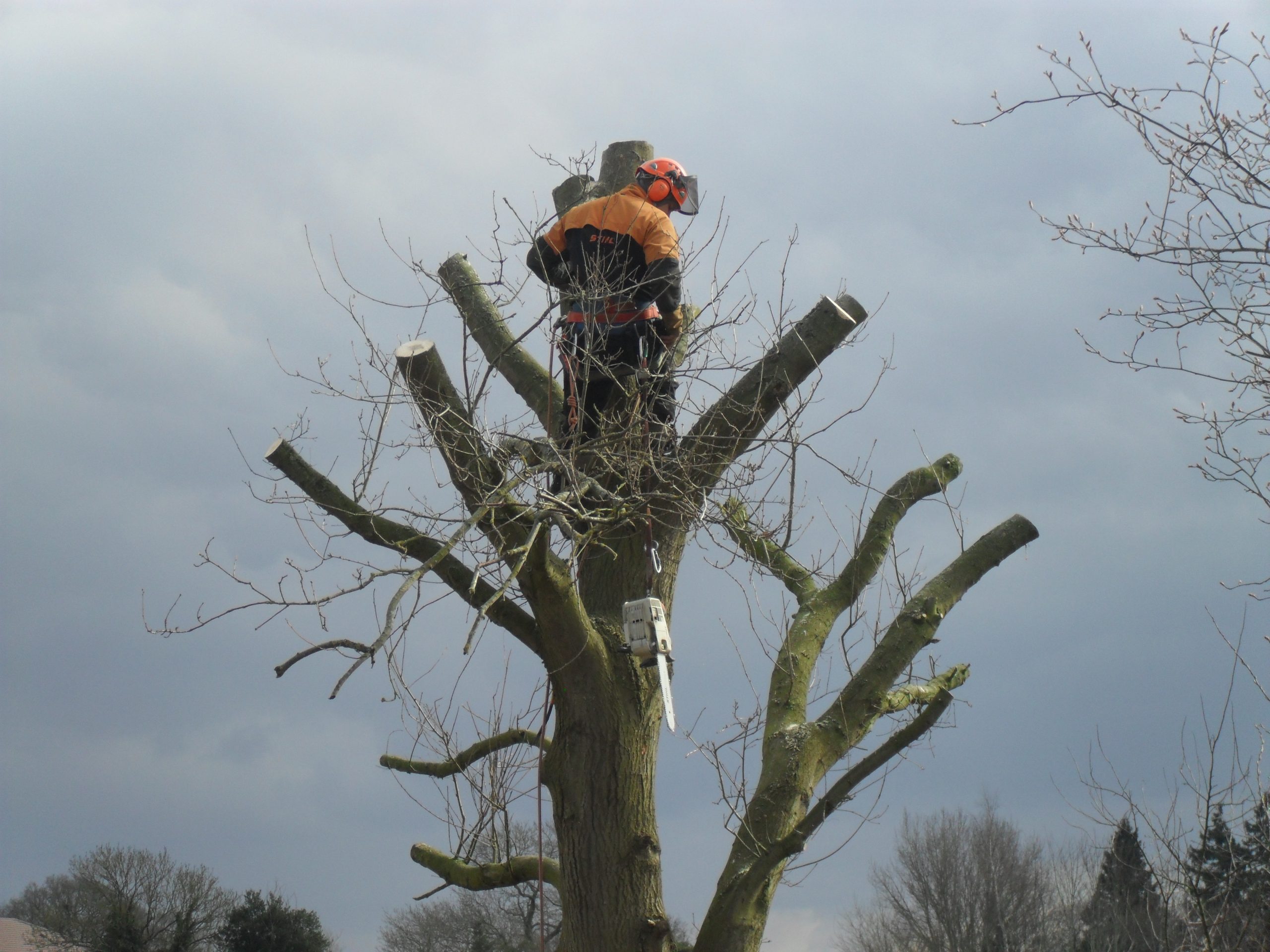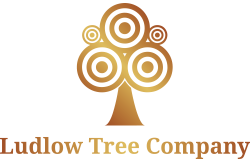Tree Pollarding

Pollarding is a pruning system involving the removal of the upper branches of a tree, which promotes the growth of a dense head of foliage and branches. Pollarding is beneficial for a wide range of reasons, it is an effective way to significantly reduce the amount of shade cast by a large tree situated within a confined space, it prevents trees from outgrowing their local environment and is commonly used in urban situations where trees might hinder neighbouring properties or overhead cables.
Many different species of trees can be pollarded on a regular basis and in some cases, it can be an effective way to rejuvenate a tree and to prolong its life. Pollarding tends to make trees live longer by maintaining them in a partially juvenile state and by reducing the weight and windage of the top part of the tree. Pollards tend to grow more slowly, with denser growth-rings in the years immediately after cutting.
Only species with vigorous epicormic growth may be made into pollards. In these species (which include many broadleaved trees but few conifers), removal of the main apical stems releases the growth of many dormant buds under the bark on the lower part of the tree. Trees without this growth will die without their leaves and branches. The best examples for pollarding include the broadleaves such as Ash, Plane, Lime, Willow, Poplar.
Pollarding of mature trees is a drastic measure only undertaken when other options such as crown reduction are considered insufficient in exceptional circumstances such as structural weakness in the crown or main stem, significant conflict with adjacent property / public highway or space etc, or simply considered of unsuitable size for its location. Pollarding can provide a ‘second best’ alternative to complete removal of the tree, retaining a mature pollarded tree for many years.

